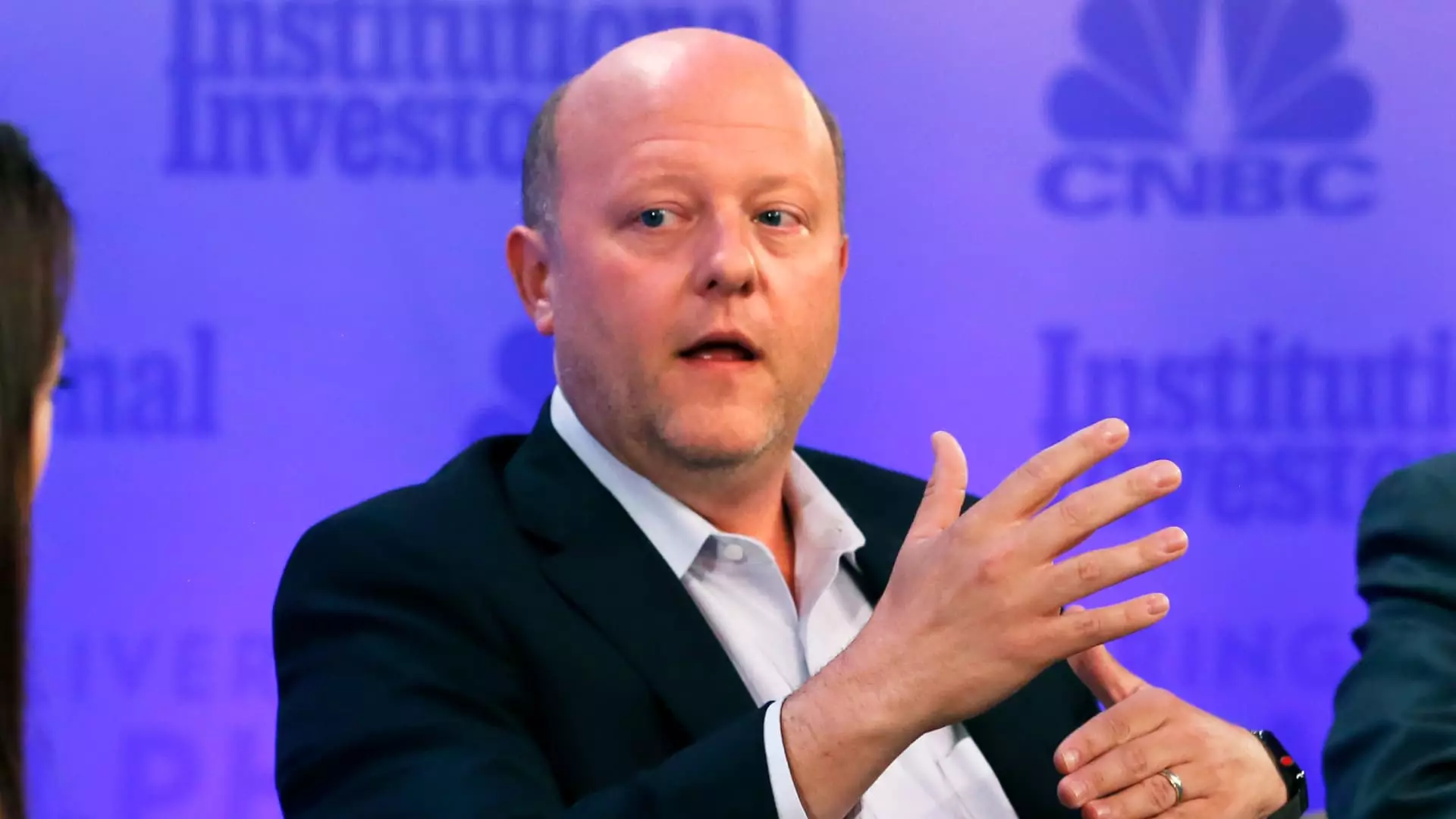Circle, the innovative force behind the USDC stablecoin, has declared its intention to enter the public markets with a much-anticipated initial public offering (IPO). Marketed under the ticker symbol CRCL, this move is expected to position Circle among the top players in the industry and could potentially redefine the landscape of cryptocurrency finance. It’s telling that the company’s previous attempt to go public failed last year due to a series of regulatory hurdles. This time around, they seem better prepared, especially as the crypto sphere benefits from a more favorable political climate.
The company previously garnered attention by relocating its headquarters to One World Trade Center, a decision emblematic of its aspirations to integrate more deeply into the financial fabric of New York. This shift highlights the serious ambitions of a company that aims to not just create a stablecoin but to redefine how we think about money in a digital world.
The Bigger Picture: Climate of Tech IPOs
Moving away from Circle’s internal developments, the broader climate for tech IPOs remains precarious. The technology sector is still reeling from downturns, particularly in a market that witnessed its steepest quarterly declines since 2022. While there have been flashpoints of optimism—like the recent IPOs of companies such as CoreWeave, which showcased the ongoing allure of venture-backed technology—the underlying current is fraught with volatility. In essence, Circle is stepping onto a battlefield, and the stakes could not be higher.
Despite these challenges, the market landscape offers signs of life. Recent moves by companies like Klarna and Hinge Health indicate a resilient push toward public offerings. However, investors would be prudent to scrutinize not just Circle, but the entire tech IPO environment as it petters into a cautious rebirth.
USDC: A Stablecoin for a Shifting Landscape
Circle’s significant claim to fame is its USD Coin (USDC), which ranks as the second-largest stablecoin globally by market capitalization. Currently, USDC boasts an impressive issuance of approximately $60 billion, which accounts for around 26% of the stablecoin market. This is a telling indicator of Circle’s positioning; while Tether commands a whopping 67% market share, USDC has made considerable strides in recent years, recording a 36% expansion just this year.
The implications are profound, especially considering that Circle has pledged to further integrate USDC into various financial interactions. Not only does this reflect a changing sentiment toward digital currencies, but it also suggests an impending shift in how Americans engage with and perceive money. In an era where financial technology evolves at breakneck speeds, stablecoins like USDC are becoming vital mechanisms for cross-border transactions and cryptocurrency trading.
The Political Implications of Stablecoin Growth
What’s more intriguing is the growing political favor that cryptocurrencies, particularly stablecoins, are experiencing under the current U.S. administration. The possibility of forthcoming legislation tailored to solidifying the status of stablecoins amplifies their importance in the financial ecosystem. With political leaders actively encouraging measures to bolster digital currency infrastructure, companies like Circle stand to benefit immensely.
Former President Donald Trump’s interest in ushering stablecoin legislation is indicative of a broader recognition of crypto’s central role in finance. As the political landscape shifts, the possibilities for mainstream adoption appear promising, paving the way for companies like Circle to capitalize on newfound legitimacy.
What’s At Stake for Industry Giants
The implications of Circle’s IPO extend beyond its own valuation and success; the repercussions would be felt across the entire cryptocurrency ecosystem, including major players like Coinbase and Robinhood. Coinbase’s agreement with Circle to share revenue from USDC positions the latter as a pivotal player in this evolving market. Each advancement Circle makes sets a precedent relevant to the wider market, influencing everything from trading dynamics to investment flows.
Consequently, the market must prepare for how Circle’s IPO emerges from this volatile environment. If executed well, it could act as a harbinger for a new era in crypto finance. However, should it falter, the repercussions could echo far and wide, establishing a cautious outlook among investors assessing the future of tech-based financial entities.
In sum, Circle stands at a critical crossroads—one that could reshape its destiny and that of the cryptocurrency industry as a whole. Operations underway are no longer merely financial maneuvers but a cultural pivot towards digital currency adoption in mainstream finance, holding transformative potential that extends beyond individual companies to the entire market fabric.

